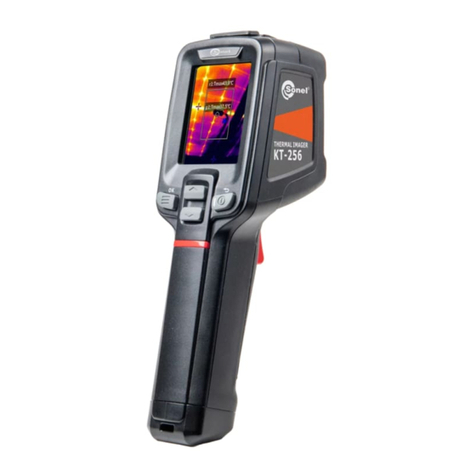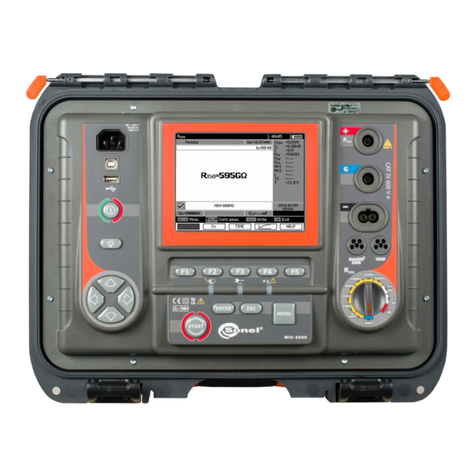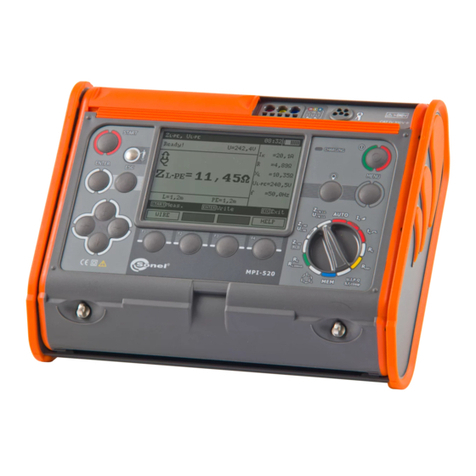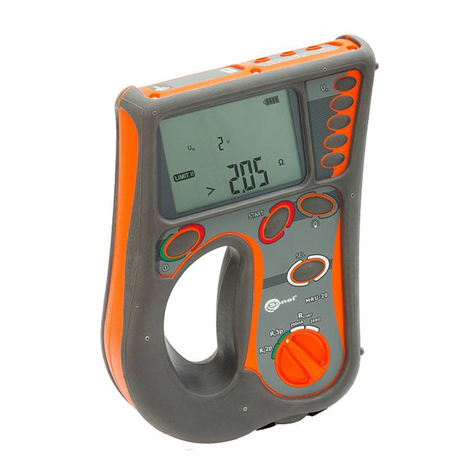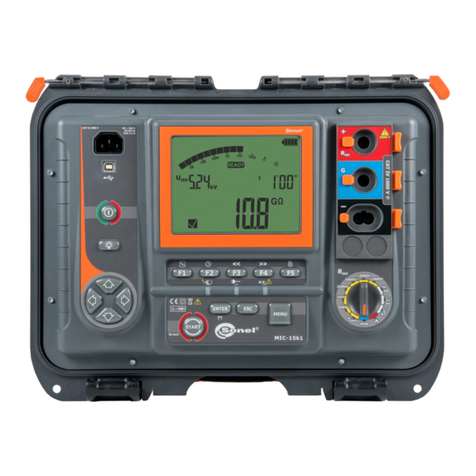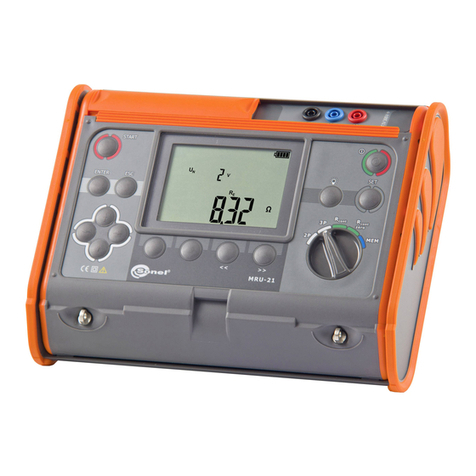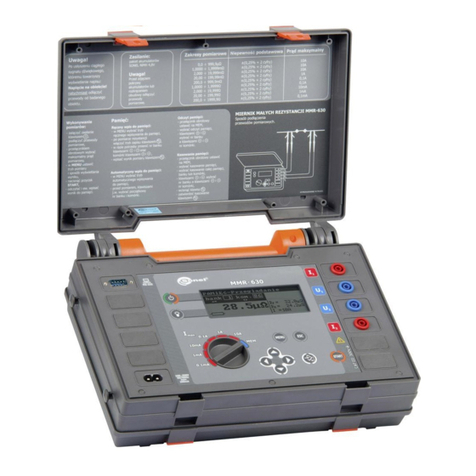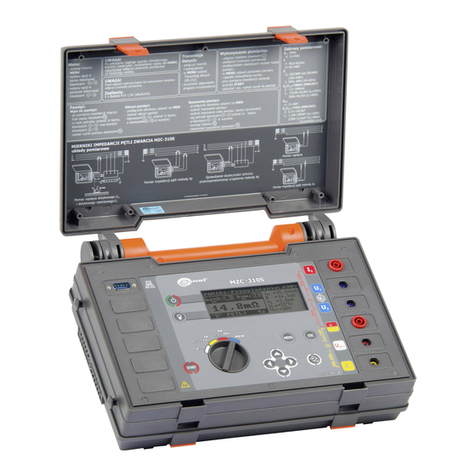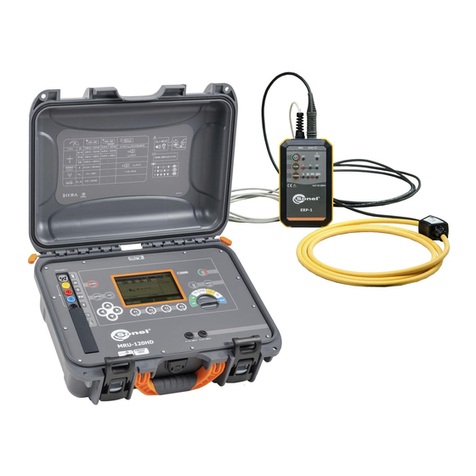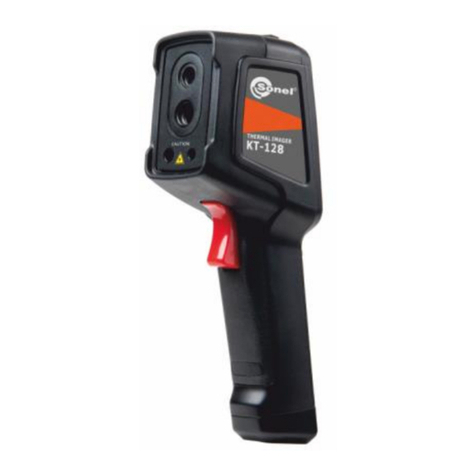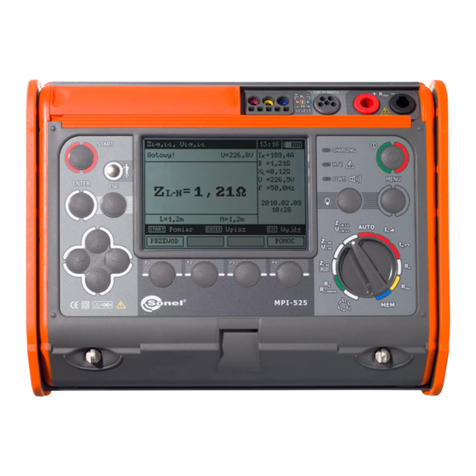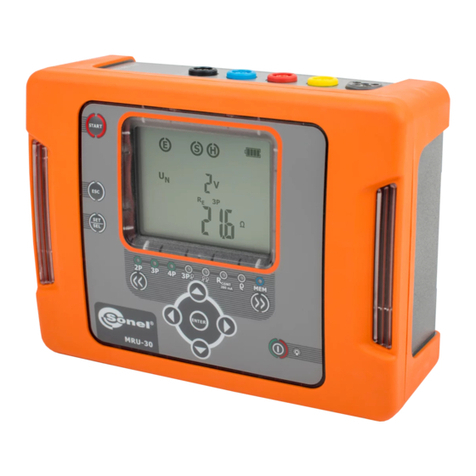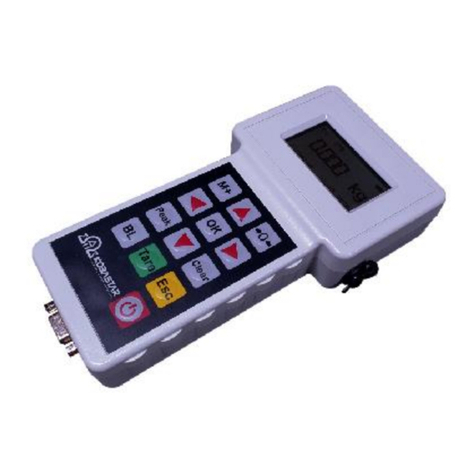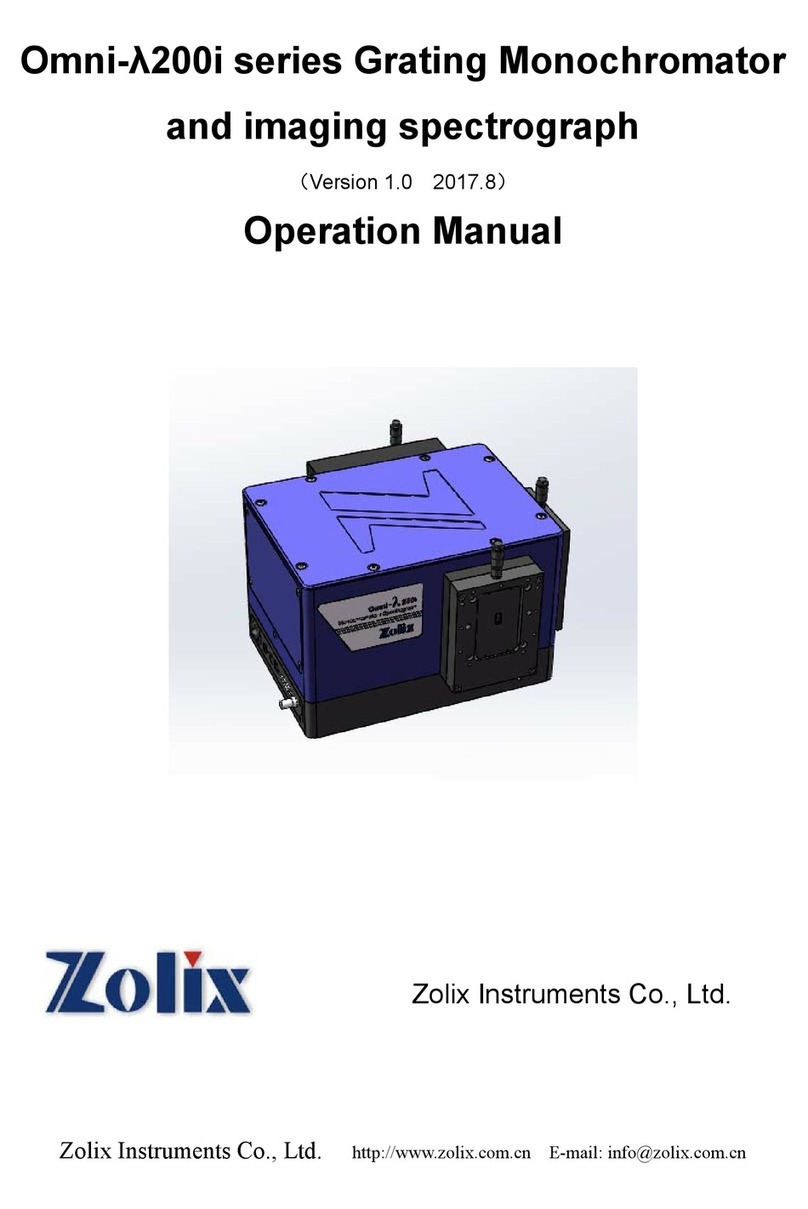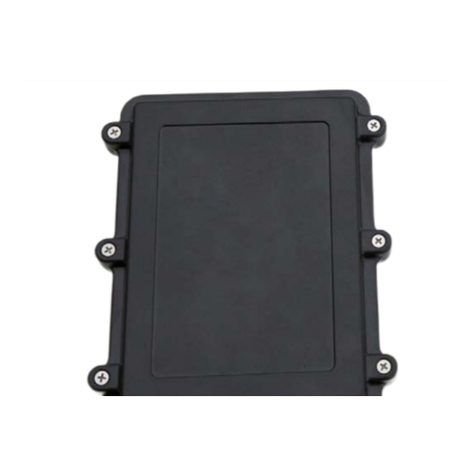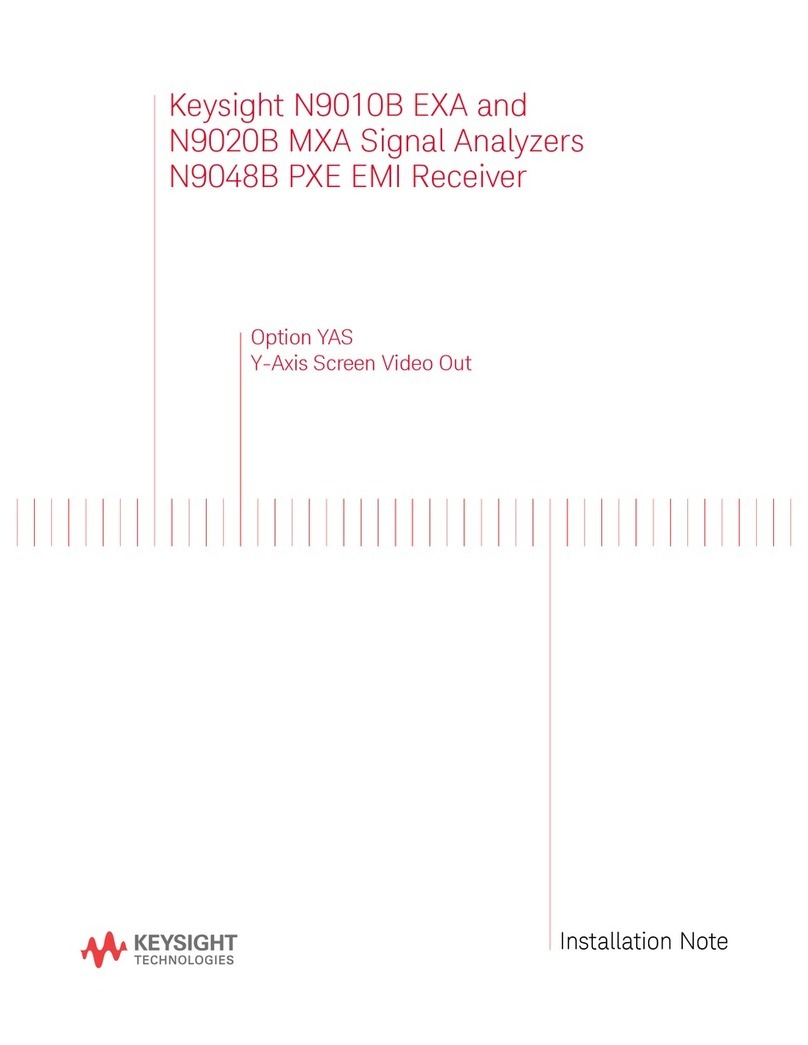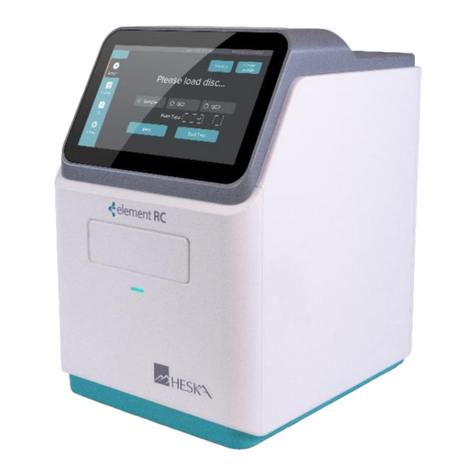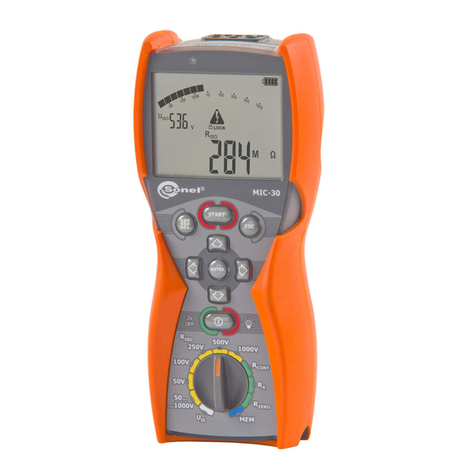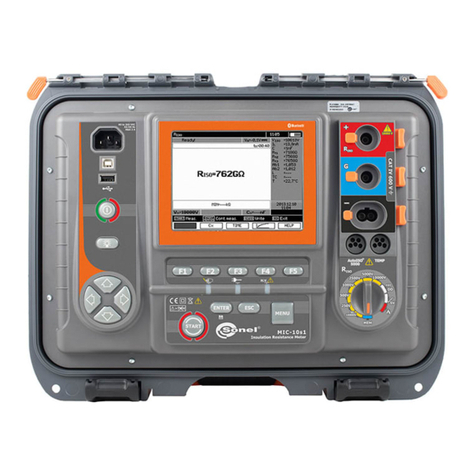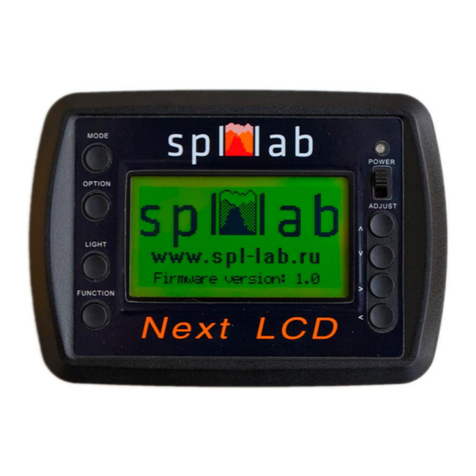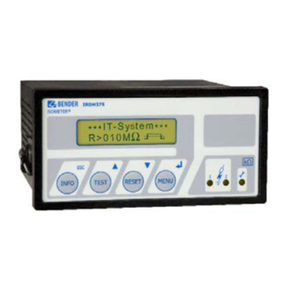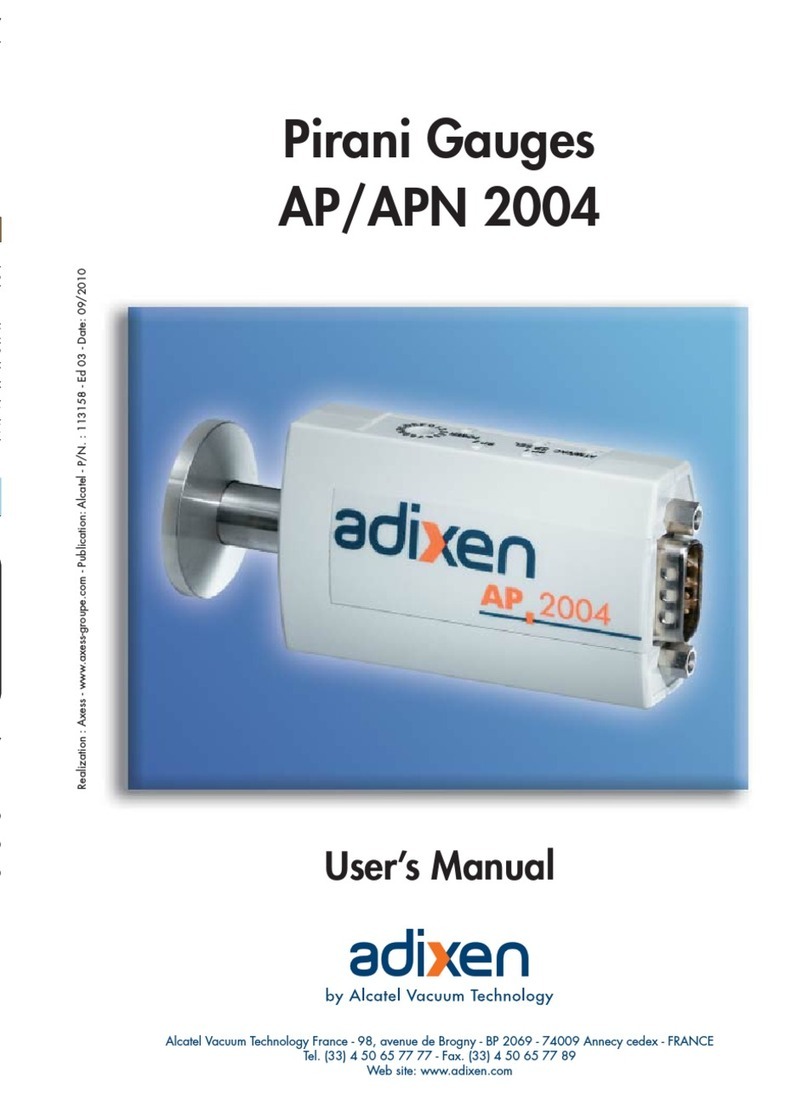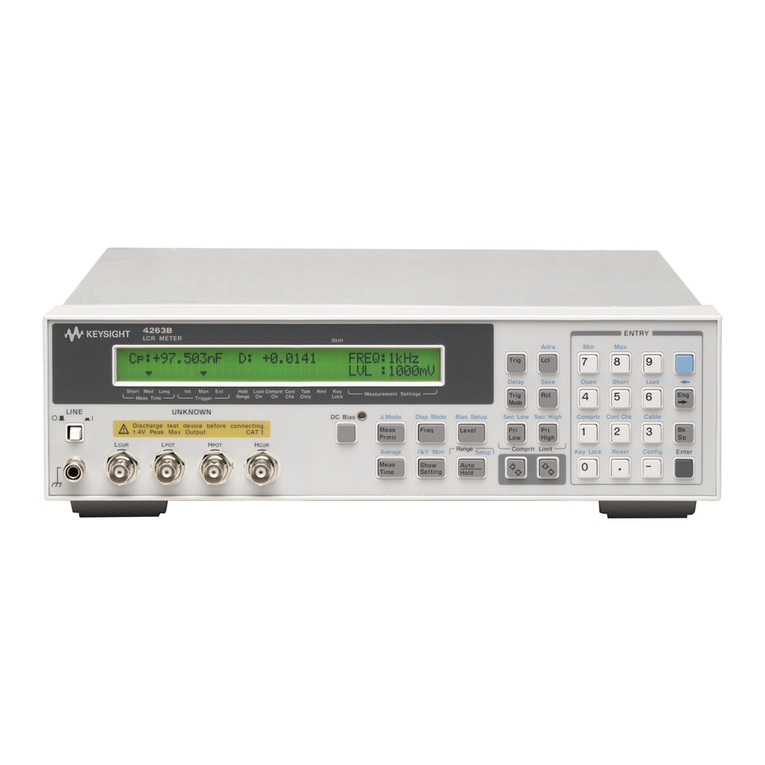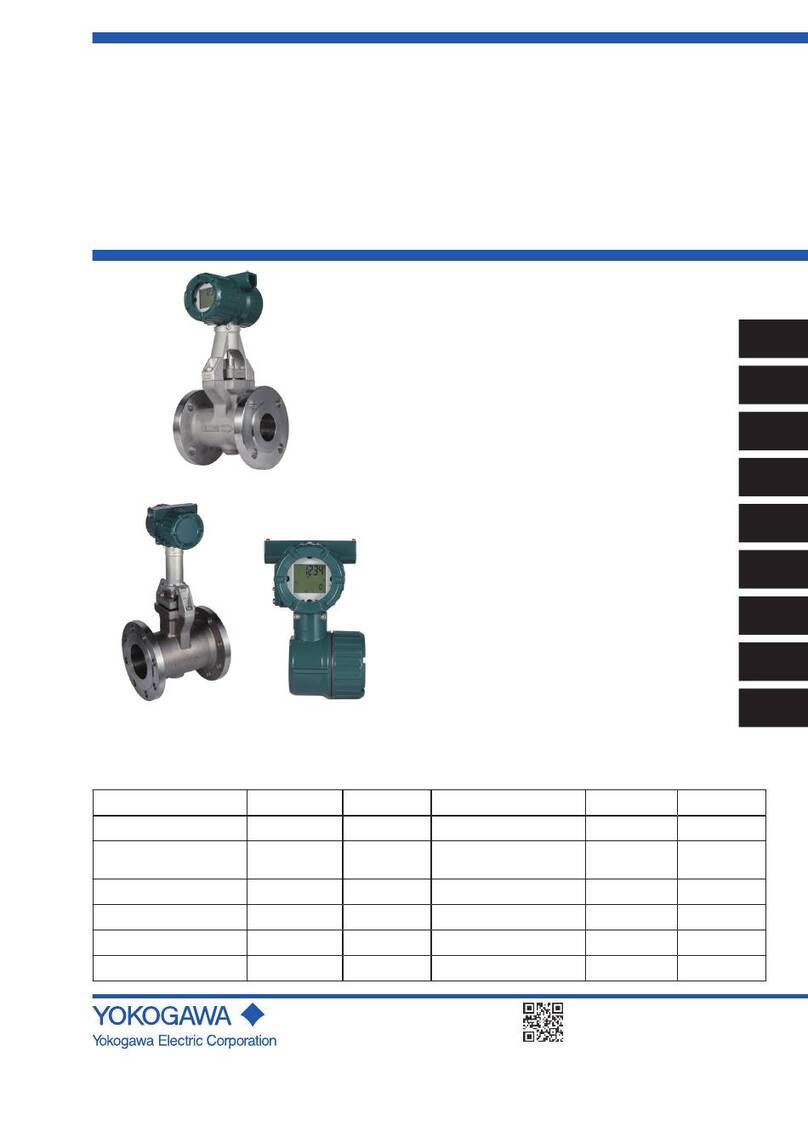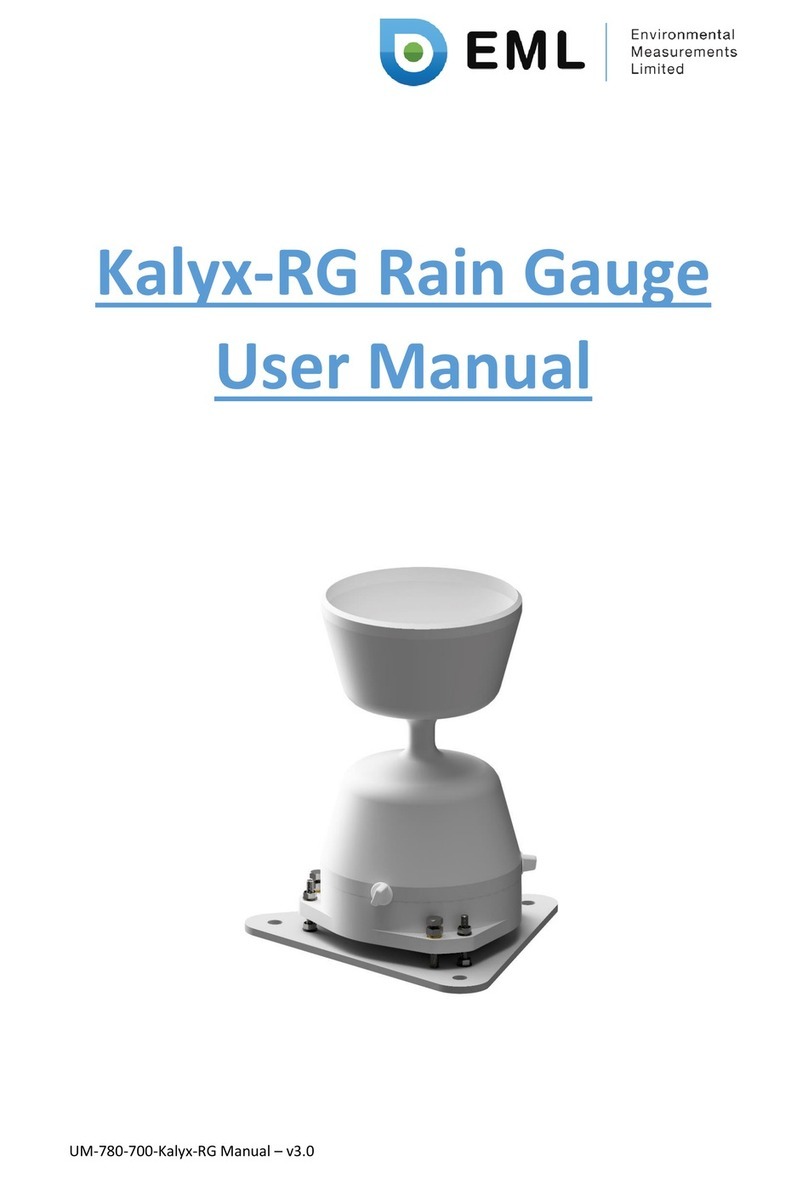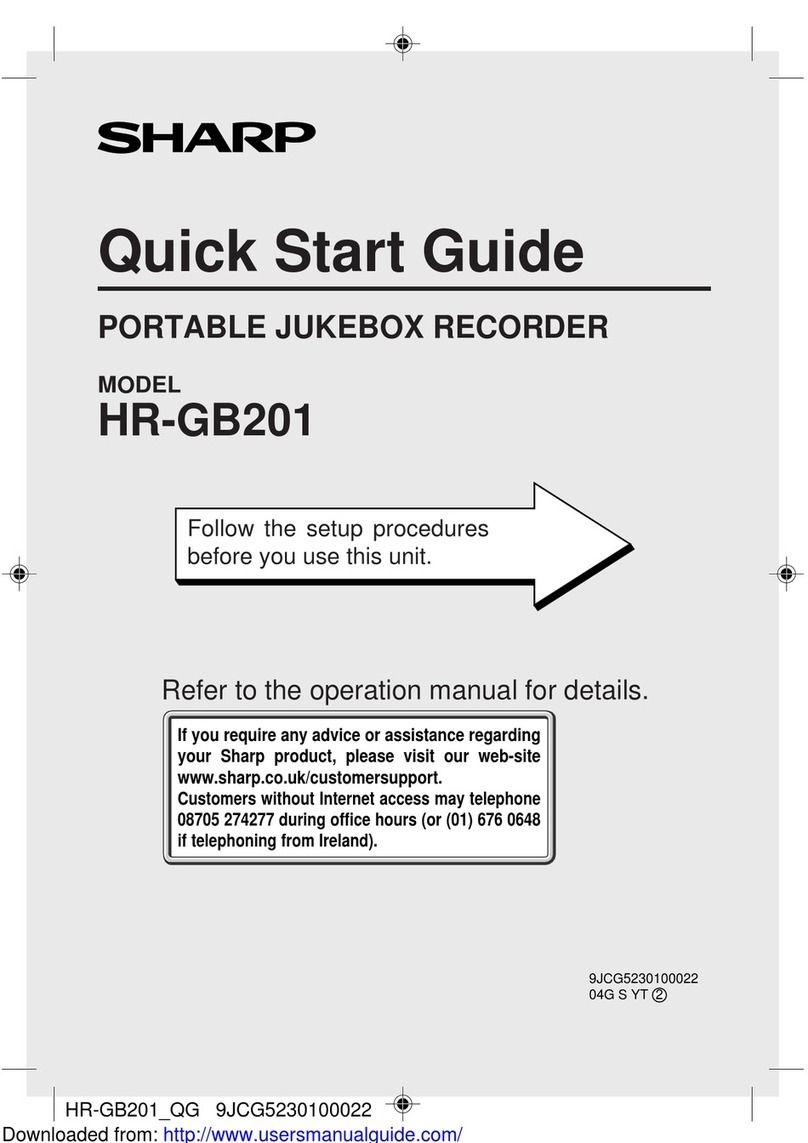1 Safety
MZC-20E meter is designed for performing check tests of protection against electric shock in
mains systems. The meter is used for making measurements and providing results to determine safe-
ty of electrical installations. Therefore, in order to provide conditions for correct operation and accura-
cy of obtained results, the following recommendations must be observed:
Before you proceed to operate the meter, acquaint yourself thoroughly with the present manual
and observe the safety regulations and specifications provided by the producer.
Any application that differs from those specified in the manual may result in a damage to the de-
vice and constitute a source of danger for the user.
MZC-20E meters must be operated only by appropriately qualified personnel with relevant certifi-
cates authorising the personnel to perform works on electric systems. Unauthorized use of the
meter may result in its damage and may be a source of serious hazard to the user.
Using this manual does not exclude the need to comply with occupational health and safety regu-
lations and with other relevant fire regulations required during the performance of a particular type
of work. Before starting the work with the device in special environments, e.g. potentially fire-
risk/explosive environment, it is necessary to consult it with the person responsible for health and
safety.
It is unacceptable to operate the device when:
a damaged meter which is completely or partially out of order,
a meter with damaged insulation,
a meter stored for an excessive period of time in disadvantageous conditions (e.g. excessive
humidity). If the meter has been transferred from a cool to a warm environment with a high level
of relative humidity, do not start measurements until the meter is warmed up to the ambient tem-
perature (approximately 30 minutes).
One should remember that when the word appears on the display, it indicates insufficient volt-
age of power supply and the need to charge the accumulator or replace batteries. Measurements
performed by means of the meter whose supply voltage is too low are burdened with additional
uncertainties that are impossible to be estimated by the user. Such measurements must not be
relied on in order to state correctness of protection of a network tested.
Battery spill and damage to the meter may occur if discharged batteries are left in the meter.
Before measurements may commence, make sure the leads are connected to the appropriate
measurement sockets.
Do not operate a meter with an open or incorrectly closed battery (accumulator) compartment or
power it from other sources than those specified in the present manual.
Repairs may be performed only by an authorised service point.





















